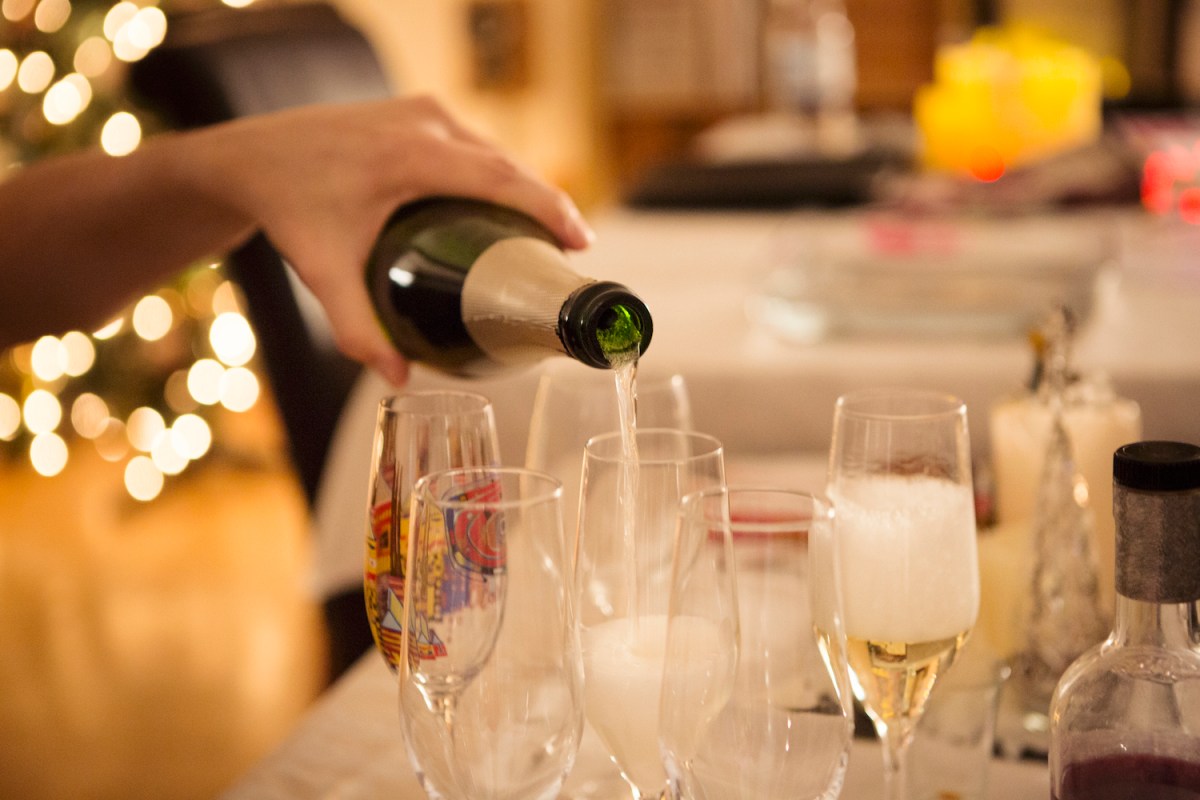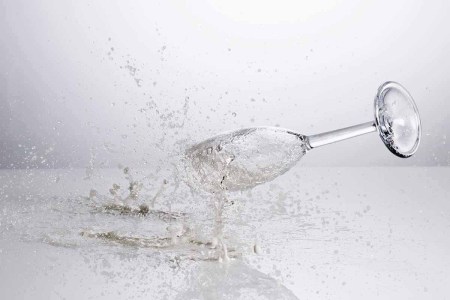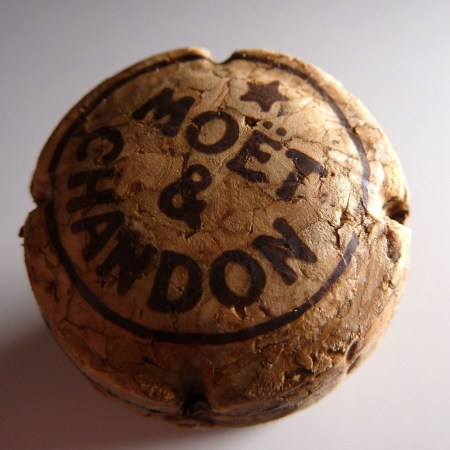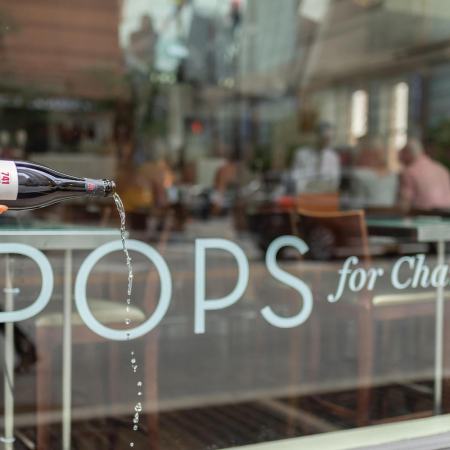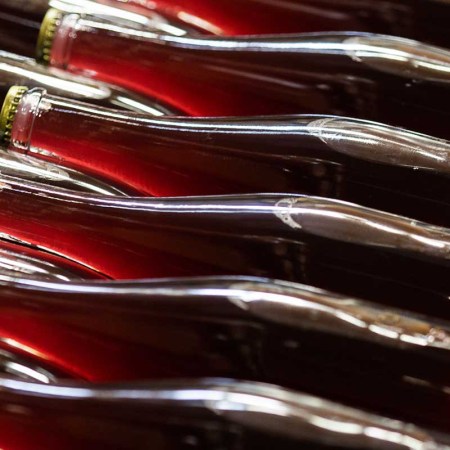When buying a bottle of Champagne for a holiday gathering, the temptation is likely to choose the obvious: a bottle of Moet & Chandon, Mumm, Bollinger, Veuve Clicquot, Tattinger or Krug, multi-national brand names so well-established that they transcend the drinks business, totems of luxury known even to those who don’t drink. But there are others options — it’s just likely you haven’t heard of them. Eglu Ouriet, Vilmart & Cie, Jacques Selosse, Ulysse Collin, Pierre Paillard and Philipponnat are “grower” Champagnes, and you should be drinking them.
“Grower Champagnes are a movement that’s grown over the last decade, one that’s still niche but one that, because it’s producer-led, always gets attention because it tends to mean Champagnes with more interesting flavors,” says Jonathan Stevenson, executive VP North America at the wine investment advisor Cult Wines. “There just isn’t enough of it to go around.”
To explain, the vast majority of vineyard owners in Champagne just grow grapes and have done so for generations. They’re under contract to sell these grapes to the Champagne makers — the names, the so-called Grand Marques or negociants manipulants, you’ve heard of — who then artfully blend their wines to make a consistent product that tastes the same year after year. But many younger vineyard owners are now choosing to make their own Champagnes instead, often with experimental methods. Dubbed recoltants manipulants or ‘RM’ on the bottle, at least 95% of the grapes used must come from that single estate, with some even from a single vintage and a single variety.
“Inevitably, it’s the classic big brands that still dominate what Champagne people ask for in restaurants,” says Alan Marginean of the International Sommeliers Union. “They have the power to get their products anywhere in the world. And they still make a great product that people like to have on their table and feel comfortable with. But you can see the alternative market of grower Champagnes is appealing because it’s cool, small-scale, farm-to-table and hand-to-bottle. It’s like alternative music versus mainstream music. It’s more work for them, but it’s down to sommeliers to say ‘try this.’”
“The beauty of these grower Champagnes is that they allow drinkers to try something unique that references the sense of place or production method and, in many instances, has literally been handmade by a single farmer,” says Peter Crawford, co-founder of the UK-based Sip Champagnes, a specialist supplier of grower Champagnes. “For me, these Champagnes have a better story and are more interesting.”
Champagne portfolio manager Terry Theise has spoken of the contrast between what he lovingly calls “farmer fizz” and the household names that come “from a factory.” Indeed, grower Champagnes present a fresh take on what sparkling wine can be, given the diversity of Champagne’s terroir.
The Best Alternatives to Champagne for New Year’s Eve
How bartenders break tradition with unique wines, spirits and non-alcoholic optionsThe very distinctiveness of grower Champagnes also puts some people off. Some of these growers may have built up a store of reserve wines with which to blend their product — and blending is a skill that not all will have — but many don’t: that dependence on the quality of any individual harvest means, inevitably, their Champagnes will vary year to year. That makes a great grower Champagne a potentially unrepeatable experience, which is either wonderful or frustrating.
As Mathieu Roland, CEO of the Champagne house Roland-Billecart, points out, this is a question of buyer beware. “There are some fantastic producers and people want to find those golden nuggets,” he says. “You can also be a very small producer and make something terrible as much as the opposite can be true.”
Never mind what they taste like, some might say — the very nuggety nature of grower Champagne is proving a boost to the category as an investment asset, according to Adam Raffety of Turville Wines, established by ex-Sotheby’s wine experts and a leading provider of bottles to private collectors. That’s not least because grower Champagnes still offer the opportunity to buy very good bottles at a comparatively accessible price.
“Right now, the big collectors are craving whatever is rare in Champagne, which is what happened before with Burgundy and to some extent Bordeaux wines,” he says. “They don’t find the huge Champagne houses and the huge quantities they produce that exciting. There is also the snob factor; there are some kudos in turning up with a bottle nobody has heard of and not a bottle of Dom Perignon that you picked up at the supermarket.”
As international wine dealer Mark Savage notes, grower Champagnes have been around long enough now to build a reliable track record. It’s no surprise, given that the farmers behind them have such an intimate understanding of their vines, as opposed to the industrialization of a vast hoarding of grapes from many vineyards. Given the taxing weather in recent years (dry and hot), it’s arguably the most sensitive growers making the best wines. And because these growers aren’t splashing the cash on global advertising campaigns, they’re arguably offering a better bang for your buck.
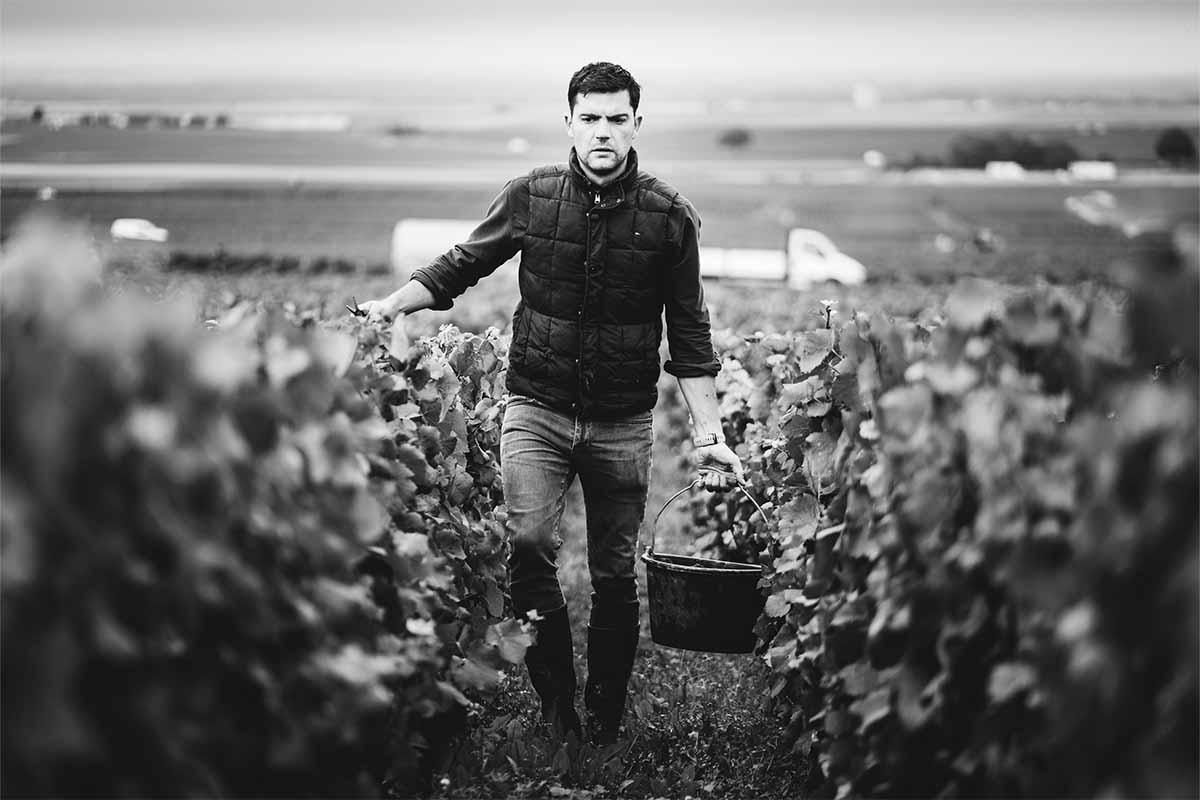
The better grower Champagne makers are having a more profound impact on the larger Champagne world too, not least in helping with soil conservation in Champagne by leaning towards biodynamic production methods. This has even encouraged the big guns to up their game and take a more environmentally sound approach to their practices, with some subsequently launching organic products or micro-cuvées. The grower Champagne movement also encourages reappraisal of the notion that Champagne might be left to mature, like any other wine. Most Champagne is produced at high volumes and consumed at a high rate, so it rarely gets the opportunity to age.
“Grower Champagnes are opening us up to greater possibilities for Champagne — that it can be paired well with food [grower Champagnes tend to have high acidity and lots of mouthfeel], that it’s not just a drink for celebrations and that it’s not just brut as many people tend to expect Champagne to be,” Stevenson says. “I’ve tried as many grower Champagnes as I possibly can, and I’ve never had a bad experience.”
Still, grower Champagnes remain a minnow against the industry giants. Whereas each of the 200 or so small, high-end growers might have two hectares to their name and produce maybe 10,000 bottles, Moet & Chandon alone produces some 28 million bottles yearly. Most of these grower bottles will be consumed within France, leaving just a smattering for export; grower Champagnes account for just 5% of all Champagne exports, according to the trade association Comite Champagne. While that rarity adds to the prestige of a bottle or for those selling them, it means a lack of critical mass for grower Champagnes to make their mark.
“There aren’t enough people championing them, and that invariably means [the growers] don’t come together to push what they do,” Crawford says. “That means there’s not enough getting their wines onto the [international] market and not enough people get to hear about them. Making Champagne isn’t easy, so when the likes of Moet & Chandon offer you so many millions per hectare, it’s tempting for farmers to think ‘I’ll just provide the grapes.’”
In other words, grower Champagnes remain a marginal interest for now. But that too may shift. Savage argues that more people are getting wise to the Grand Marques, conscious that such huge brands necessitate huge marketing expenditure — and that consequently when they buy a bottle, invariably they are paying a hefty premium.
“Grower champagnes may not be well known, but they’re an important part of the Champagne market now,” Savage says. “Yes, there’s still a lot of stuff out there that isn’t great. And the good growers are probably still heavily outnumbered by the less good. But those with good vines in good places and the financial capacity to give their Champagne sufficient age can make wines that stand up to those more famous names.”
Every Thursday, our resident experts see to it that you’re up to date on the latest from the world of drinks. Trend reports, bottle reviews, cocktail recipes and more. Sign up for THE SPILL now.
